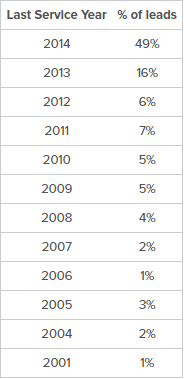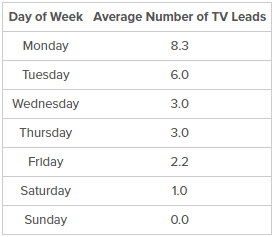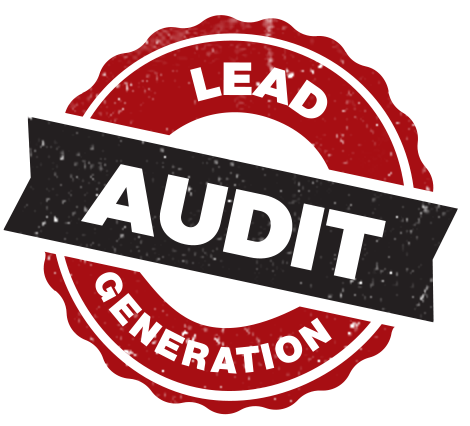
Let me tell you about the Curse Of The Volkswagen Beetle.
My oldest daughter is a really, really good kid. So when she turned 16 years old in 2012, I decided to buy her a car.
It was a 2006 pale blue Volkswagen Bug.
Here’s what it looked like:

My daughter LOVED it.
And I loved that it had just 36,000 miles and was only six years old (at the time).
To be extra safe, I bought an extended warranty for about $1,500.
Since the car was relatively new, had low mileage, and was protected by an extended warranty, I assumed my daughter would get years and years of use out of it.
My mistake? ASSUMING.
A month after I bought the car, the transmission started acting up.
Cost of repair: $1,300.
Amount covered by warranty: $125.
After I got that fixed, the catalytic converter needed replacing a few months later.
Cost of replacement: $770.
Amount covered by warranty: $65.
About a year later, I needed to replace the drive shaft:
Cost of replacement: $500
Amount covered by warranty: $0.
Finally, in December 2014, the engine completely gave out. It would have cost $7,500 to replace it—basically the total cost of the car in GOOD SHAPE.
That’s when I said, “Nope, I’m done.”
I sold the car in its broken down state at a loss of about $6,000.
Factoring in all of the repairs, the worthless “warranty,” and what I originally paid for the car, I lost over $8,300.
All because I assumed the car was in good condition.
It reminds me of when I spoke to the owner of a large HVAC company about his mailing campaign.
His company generates a big chunk of revenue through direct mail. The first time I talked to him (in 2014), he told me they would send six mailings a year to their customer base that hasn’t either purchased an HVAC system or the company’s service plan.
Here’s the gist of the conversation:
Me: How many customers are you mailing to every six months?
Client: Around 40,000.
Me: Whoa, that’s a lot. How far back do these customers go?
Client: Since we started the company in 2002.
Me: Do you get good response from the customers who are eight years or older?
Client: (pondering) I’m not really sure.
The client assumed since the mailings bring in big profits, everything was hunky-dory.
Not so fast.
After the call, the company dug into their numbers a little more. Here’s what they found:

83% of the leads from these mailers came from customers who had service within the past five years, and 65% within the last two years.
Sure, the company was making good money off these mailers. But think of how much money they wasted on old, unresponsive customers. They could have used that cash to mail to their newer customers more frequently and generate even bigger revenue than they already were.
Lesson: Just because something is working, don’t assume it can’t be improved.
Another example…
A client who was a kitchen and bathroom remodeler was advertising heavily on TV and the radio… but only on Mondays, Tuesdays, Saturdays, and Sundays.
Here’s how my convo with them went down:
Me: Why just those days?
Client: That’s when homeowners think about remodeling.
Me: How do you know that?
Client: A marketing guy told us a few years ago. That’s the way we’ve been buying it ever since.
Me: Do you know if that’s when the calls actually come in?
Client: I can check.
When the client pulled up the report, here’s what we found:

Uh-oh… those numbers don’t exactly match to the days they advertise.
Monday and Tuesday are good. But Saturday and Sunday are an advertising deathtrap.
Money, meet drain.
Radio and TV are “farming” (i.e. branding) marketing activities. You have to put yourself in front of people as much as you can—and at the times they’re most likely to see or hear you.
We changed the client’s radio and TV advertising schedule to reflect this. Instead of advertising only on days the client assumed brought in the most leads, we started advertising five days a week (Monday through Friday) to reach as many people as possible.
(Check out these blog posts on radio and television advertising to create ads that move the needle.)
Lesson: Assuming you’re reaching as many prospects as possible without actually looking at the numbers is like throwing your money in a pile, dousing it in gasoline, and tossing a match on it.
Bottom Line…
If you’re wondering how to generate more leads with your marketing, take a look at your numbers.
You may find your ASSUMPTION that something is working is just that…
An assumption.







